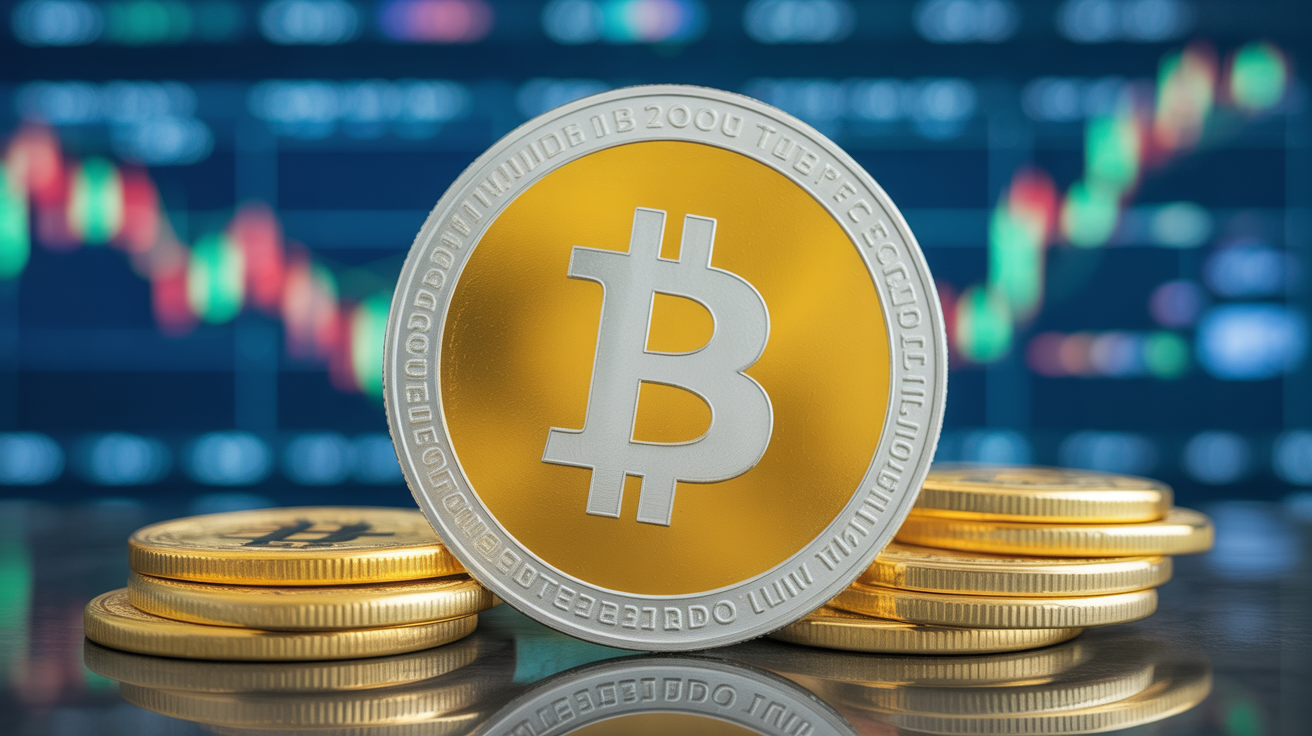Bitcoin’s Role Reframed: NYDIG Says It Tracks Liquidity, Not Inflation
Bitcoin’s long-standing image as “digital gold” and a hedge against inflation doesn’t align with the data, according to a new report from NYDIG.
In its latest market update, Greg Cipolaro, NYDIG’s Global Head of Research, said that the relationship between Bitcoin and inflation has proven both weak and inconsistent over time.
“The community often presents Bitcoin as an inflation hedge,” Cipolaro wrote. “However, our analysis shows that its correlations with inflation measures are neither stable nor particularly strong.”
Gold, often cited as the benchmark for inflation protection, doesn’t perform much better. NYDIG’s findings show that gold’s correlations with inflation frequently turn negative, fluctuating from one period to the next — a counterintuitive trend that questions its traditional hedge narrative.
Instead, both Bitcoin and gold appear to respond primarily to changes in real interest rates and the global liquidity environment rather than consumer price movements.
For gold, falling real (inflation-adjusted) interest rates have historically supported price gains. Bitcoin, as it matures within the financial system, now displays a similar pattern — strengthening its inverse correlation with real rates in recent years.
The takeaway: Bitcoin’s market behavior aligns more closely with liquidity cycles than with inflation trends.
“From a macro perspective, gold remains a real-rate hedge, while Bitcoin has evolved into a barometer of global liquidity,” Cipolaro concluded.
At press time, Bitcoin (BTC) traded near $115,046, according to CoinDesk data.





